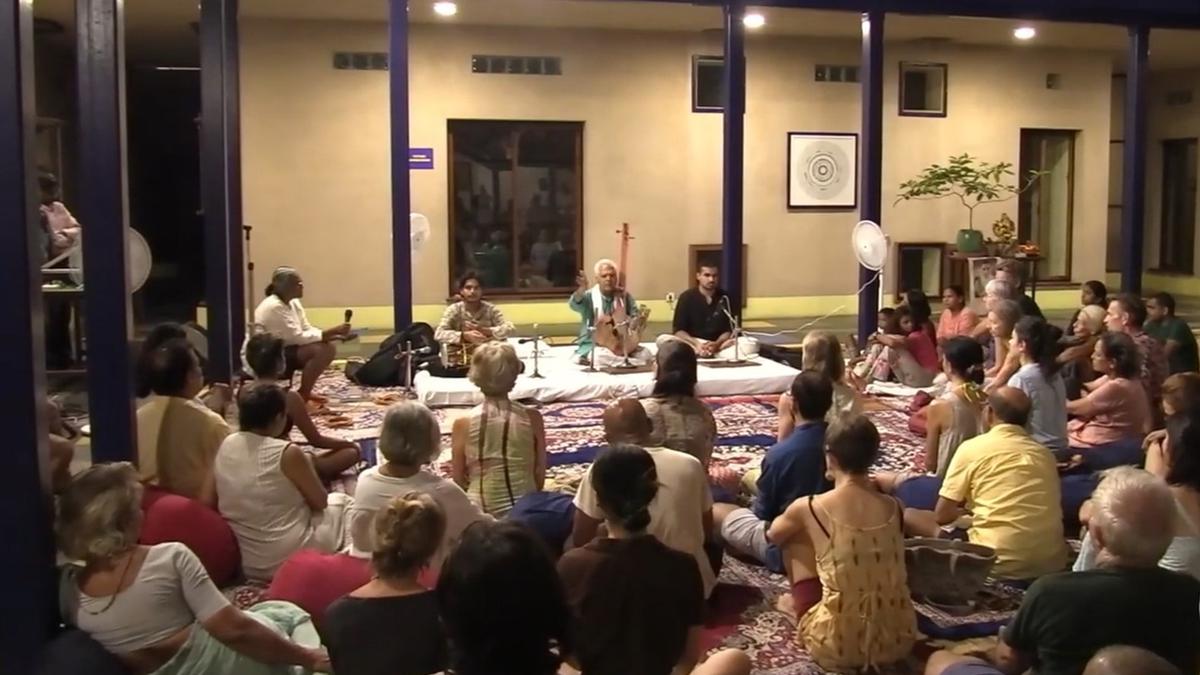
A folk singer’s journey to promote the unifying ethos of mystic-poet Kabir Premium
The Hindu
Prahlad Singh Tipanya was in the city recently to perform a series of bhajan sessions/satsangs at different settings. He is a legatee of a six centuries-old tradition of the Malwa folk singers of rendering Kabir’s couplets in “bhajan mandlis”.
Verse, when transformed to the form of a hymn, gains considerable power to move the mind and touch the soul, says Prahlad Singh Tipanya, folk singer, who is regarded as among the foremost voices of 15th century mystic poet Kabir.
Tipanya, who was in the city recently to perform a series of bhajan sessions/satsangs at different settings, is a legatee of a six centuries-old tradition of the Malwa folk singers of rendering Kabir’s couplets in “bhajan mandlis”.
A retired schoolteacher hailing from the village of Luniyakhedi, he is these days more of an itinerant artist whose satsang journeys to popularise the Kabir repertoire have struck a chord in audiences across India, and abroad, spanning differences of age, language, gender and faith.
“The Kabir bani with its centuries-old origins transcends the bounds of time and the theological.... at its core the message is both unifying and universal,” Tipanya said during an interaction after a satsang at the Aurodhan Art Gallery.
During his visit to the city, the artist, accompanied by his grandson Himanshu Tipanya on the dholak, rendered Kabir dohas (couplets) in a typically rustic song-and-story-telling style, adding interpretations, and modern-day analogies relatable to the audiences.
The tour included sessions at Aurodhan, Kariappa House and the Auroville Language Laboratory and a visit to the pilgrim hub of Tiruvannamalai near here.
Tipanya, who is the recipient of the Padma Shri (2011) and the Sangeet Natak Akademi Award (2007), has evolved a unique way of conveying the essence of Kabir’s “dohas” or couplets that combine deep spiritual significance resonant with Sufi thought, with stringent social commentary. (Exemplifying this aspect is a bhajan like, say, “Nirbhay Nirgun Gun Re”–that got amplified in the voice of Hindustani vocalist Pandit Kumar Gandharva–where the descriptors of the external actually represent an inner journey to truth and realisation.)

National Press Day (November 16) was last week, and, as an entertainment journalist, I decided to base this column on a topic that is as personal as it is relevant — films on journalism and journalists. Journalism’s evolution has been depicted throughout the last 100-odd years thanks to pop culture, and the life and work of journalists have made for a wealth of memorable cinema.










